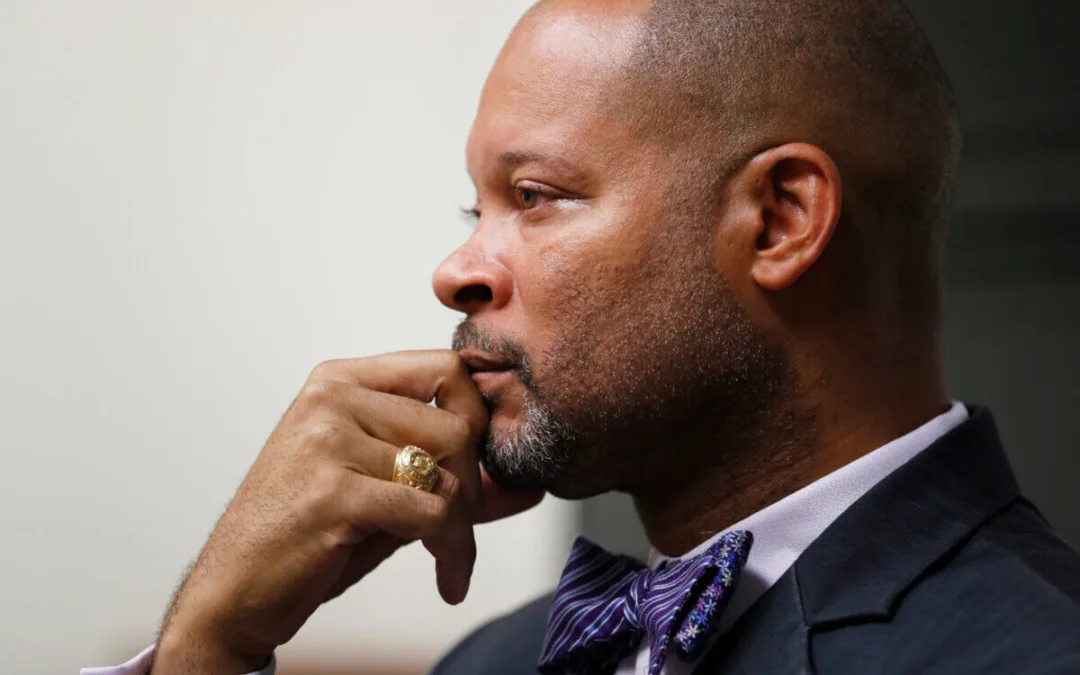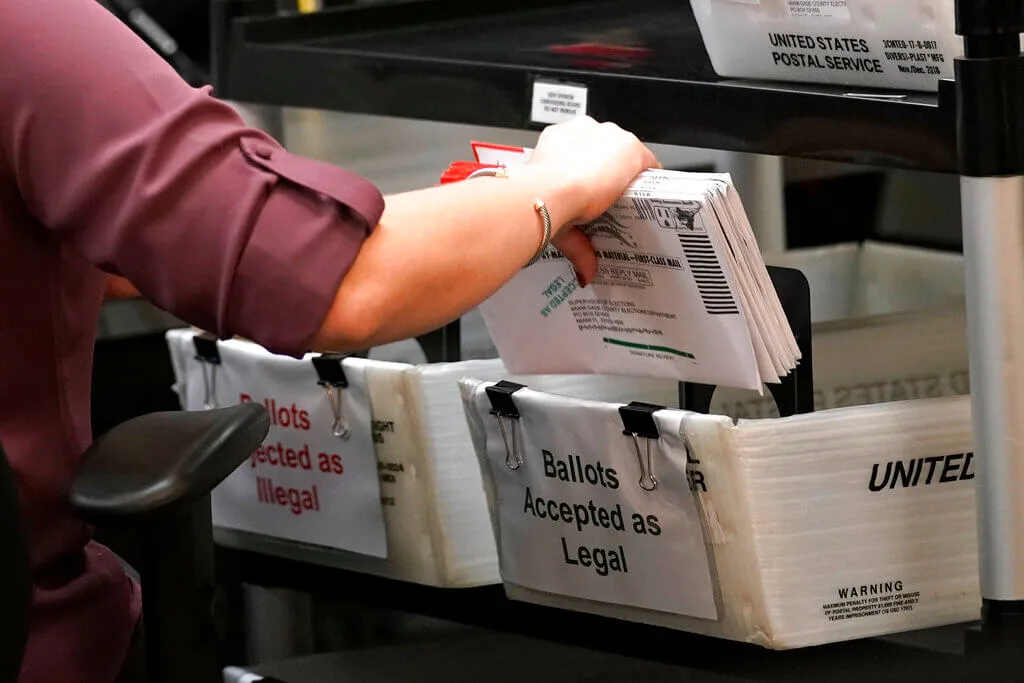
Jeffrey Greenberg via Getty Images
Although the presidential seat is the main interest for many voters, other positions affecting the day-to-day government also deserve consideration.
Ballots in Florida vary from county to county. One of the main differences is the number of candidates they include.
According to Alex Barrio, policy and legislative director of the Alianza for Progress initiative, ballots from Miami and Orange County can be more complicated because of the additional candidacies they present.
RELATED: A Guide to the 6 Constitutional Amendments on Florida’s Ballot
In past elections, reports show that at least 30% of voters left empty spaces on the ballots because they did not know much about the candidates.
To avoid this, Barrio recommends voters familiarize themselves with their precinct’s ballot before Election Day.
He explained that every county has a Supervisor of Elections office. Sample ballots are available on their websites.
“That’s the first place you should check to see what your ballot looks like,” Barrio told The Americano. “All county Supervisor of Elections offices have websites in English and Spanish.”
Here are the main sections of the ballot, so you can get an idea of the order in which candidates appear before the Nov. 3 elections.
First Page:
The seats appearing on the ballot’s first page are President; Vice President; Representative in Congress; State Attorney; State Senator; Sheriff; Property Appraiser; Justice of the Supreme Court, Fifth District Court of Appeal; and School Board Member.
“Federal races are listed first. Then come the state races and your local county races,” Barrio explained. “After your county’s races come the judicial races, followed by your city’s local races if there are any.”
All sections of the sample ballots include the names of candidates, so voters can research who they are.
Barrio clarified that because judges do not campaign and see hundreds of cases a year, it can be difficult to track their decisions.
RELATED: How to Prepare for In-Person Voting If You Have COVID-19 Anxiety
“It’s really hard to decide whether or not you should retain them,” Barrio said. “This decision might be based more on how you feel about Gov. DeSantis, who appoints them.”
Second, Third, and Fourth Pages:
The second page of the ballot includes state seats. These are groups of supervisors for Soil and Water Conservation District seats.
Here you will also find constitutional amendments. These are important issues that affect communities, such as requiring United States citizenship to vote in Florida; raising the state’s minimum wage; and prohibiting pollution of the Wekiva River, Econlockhatchee River, and all other waters of Orange County, for instance.
“I definitely recommend that people research these amendments. They can Google stuff. There are many op-eds saying yes or no. It is interesting,” Barrio said.
The expert said voters can bring their sample ballots with them on Election Day.
Politics

Teamsters and UPS Reach Tentative Deal to Avoid Strike, 340,000 Workers to Get Raises
The tentative deal represents a huge win for full- and part-time UPS Teamster workers, who would get significant pay raises and better working...



One Republican Senator Is Blocking 265 Military Promotions, Leaving the Marines Without a Confirmed Leader
Sen. Tommy Tuberville's decision means these military officers are not getting the pay raises they’re owed, cannot move their families to wherever...
Local News



Teamsters and UPS Reach Tentative Deal to Avoid Strike, 340,000 Workers to Get Raises
The tentative deal represents a huge win for full- and part-time UPS Teamster workers, who would get significant pay raises and better working...



One Republican Senator Is Blocking 265 Military Promotions, Leaving the Marines Without a Confirmed Leader
Sen. Tommy Tuberville's decision means these military officers are not getting the pay raises they’re owed, cannot move their families to wherever...




